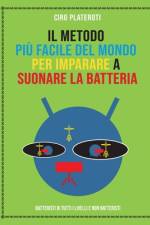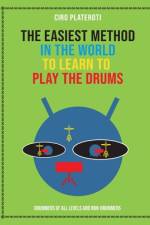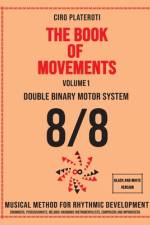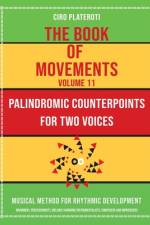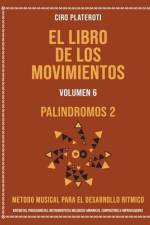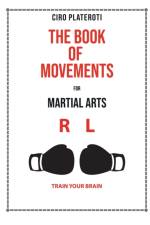- Musical method for rhythmic development
av Ciro Plateroti
475,-
MULTIMETRIC SYSTEM is a music pedagogical method designed based on sets of rhythmic movement patterns of different metrics: binary, ternary, and irregular. By combining patterns of such characteristics, new rhythmic forms of varied metrics emerge in composite, irregular, and additive measures. In a straightforward manner, we learn to play rhythms in metrics ranging from 1/8 to 8/8 that, when combined, result in new metrics such as 15/8, 14/16, 13/8, 12/16, 11/8, 10/8, etc. Thanks to another system of body coordination called the "Double Binary Motor System" (which is also used in the first 4 volumes of the collection), irregular metrics, which have always required significant intellectual effort to approach, can be easily learned and combined with as organic a feeling as musical. In this way, exotic yet highly musical rhythms emerge through simple combinations of the right hand and the left hand. And the best part is that no knowledge of traditional musical notation is required. Once a movement pattern (MP) is physically incorporated, another creative process begins, involving modification through a series of adjustments, expression parameters, and ornamentations for embellishment. The discourse can also be influenced through syntactic formulas. **CREATIVITY FOR INSTRUMENTALISTS, COMPOSERS, AND IMPROVISERS**Movement patterns have always been part of the secret treasure of professional drummers, but today they are adopted by different instrumentalists, whether rhythmic, melodic, or harmonic. Pianists, guitarists, bassists, electronic music producers, and percussionists playing drums with both hands (such as Hang, Congas, etc.), as well as multi-timbral sets, find here a source of inspiration and training with powerful creative triggers to compose highly original musical phrases. UNLOCK A FRESH MUSICAL IDEA EVERY DAY AT YOUR FINGERTIPSDue to the inherent automatism in our nature, we often resort to the same ideas. However, if we have thousands of tangible possibilities within our sight, we can easily find inspiration. By experimenting with this conception, we can quickly renew our musical language, giving shape and life to our solos, phrases, compositions, and improvisations. ATTENTION: After practicing the 9th volume of THE BOOK OF MOVEMENTS, you will notice changes in your self-perception as both hemispheres of the brain are exercised.**

